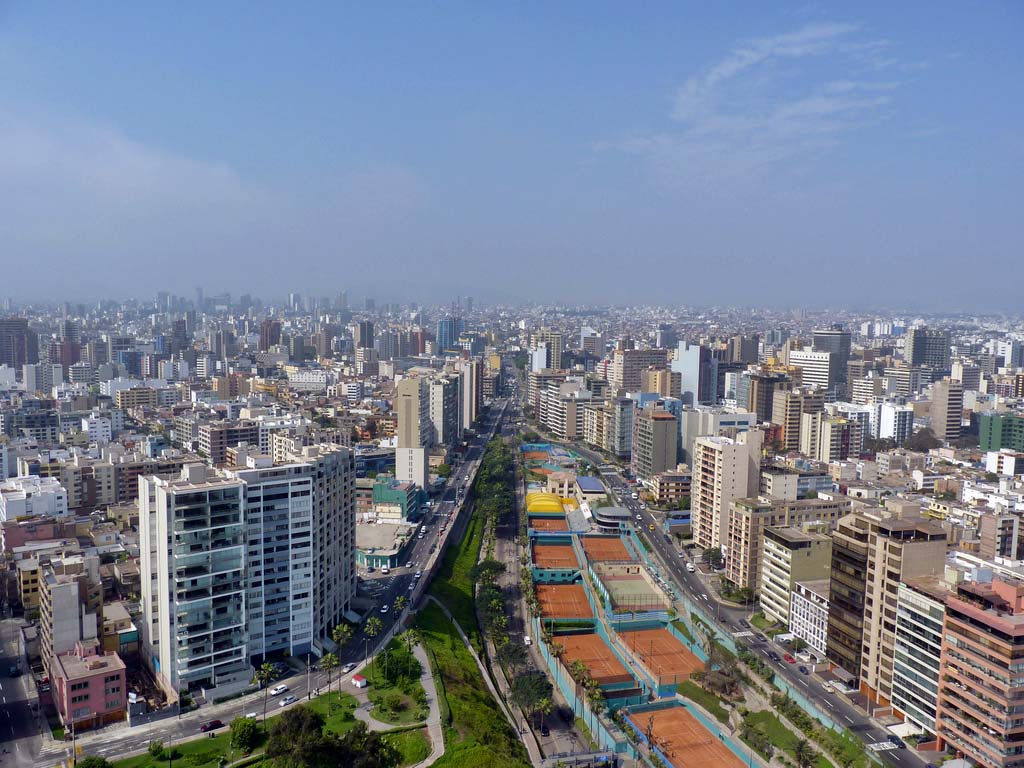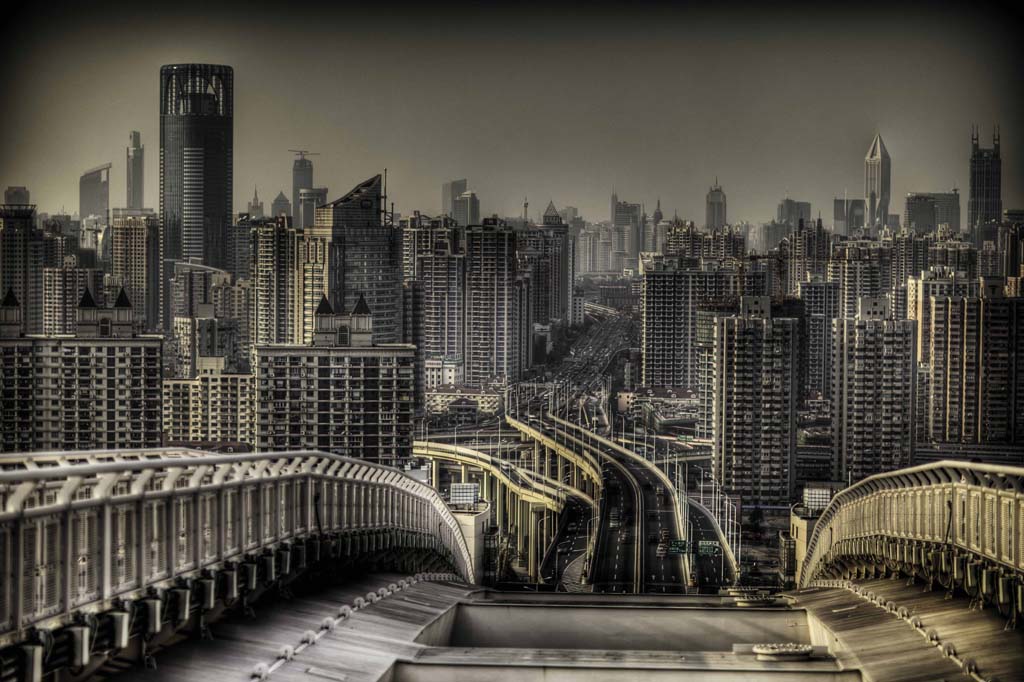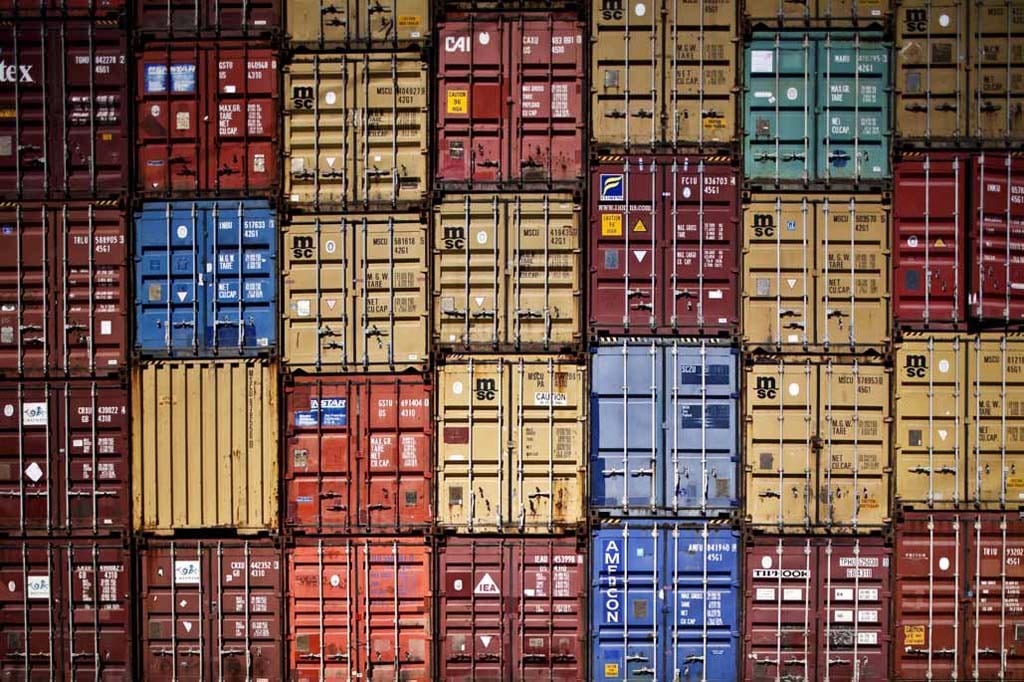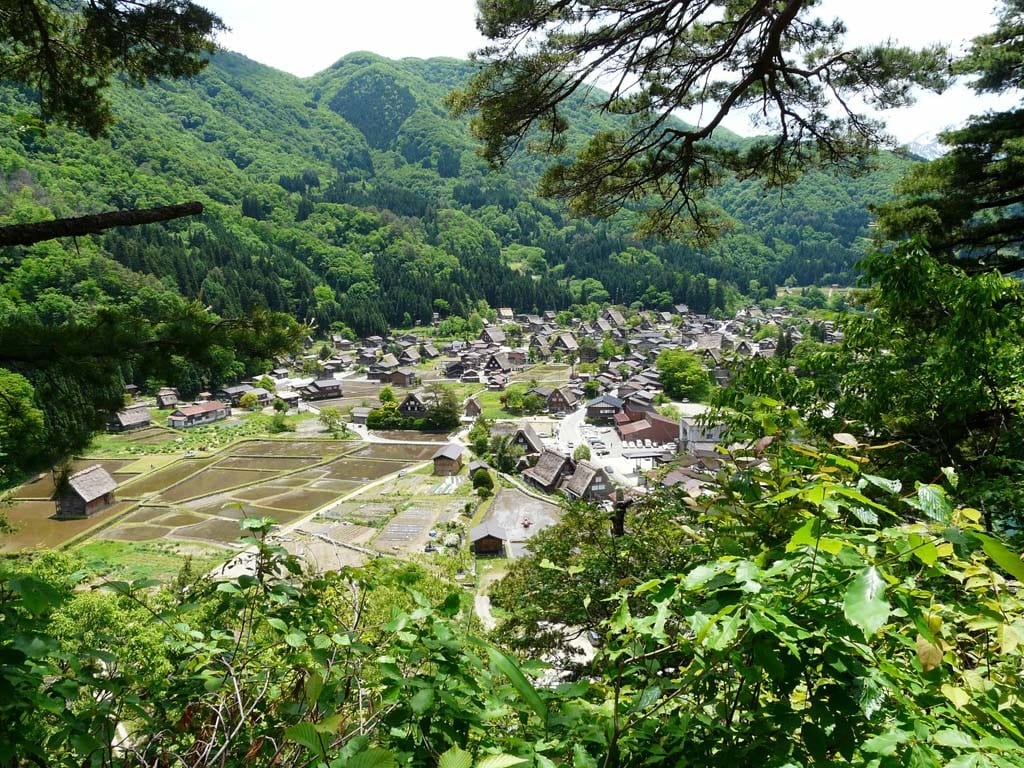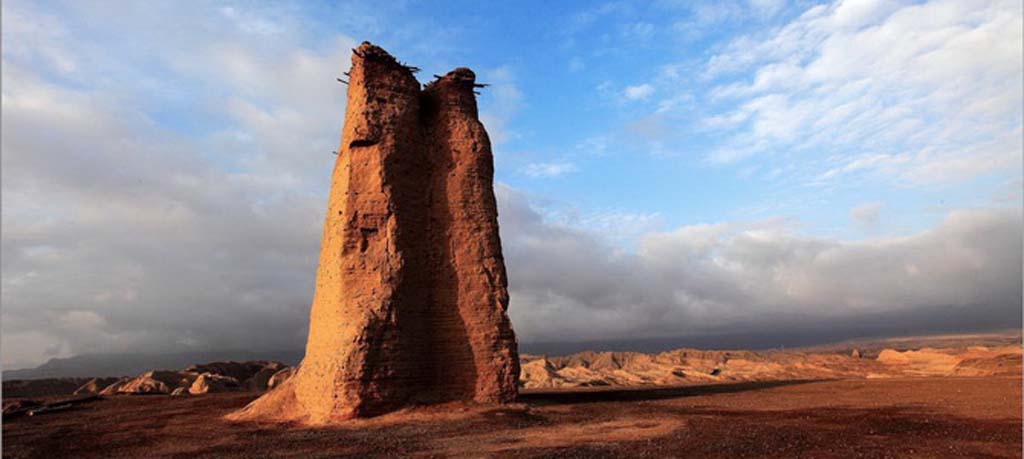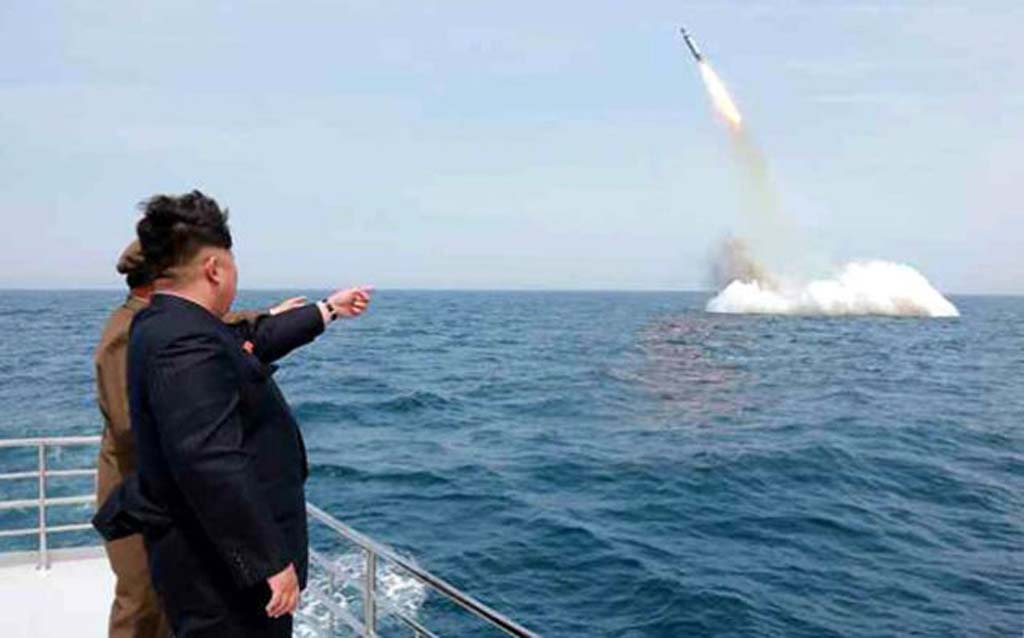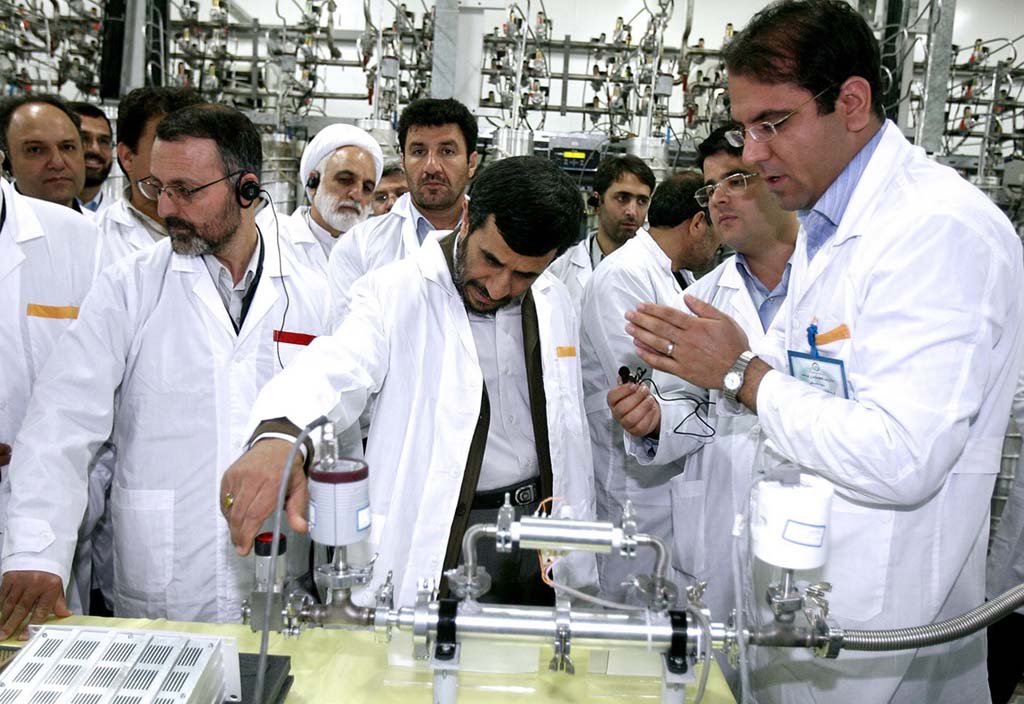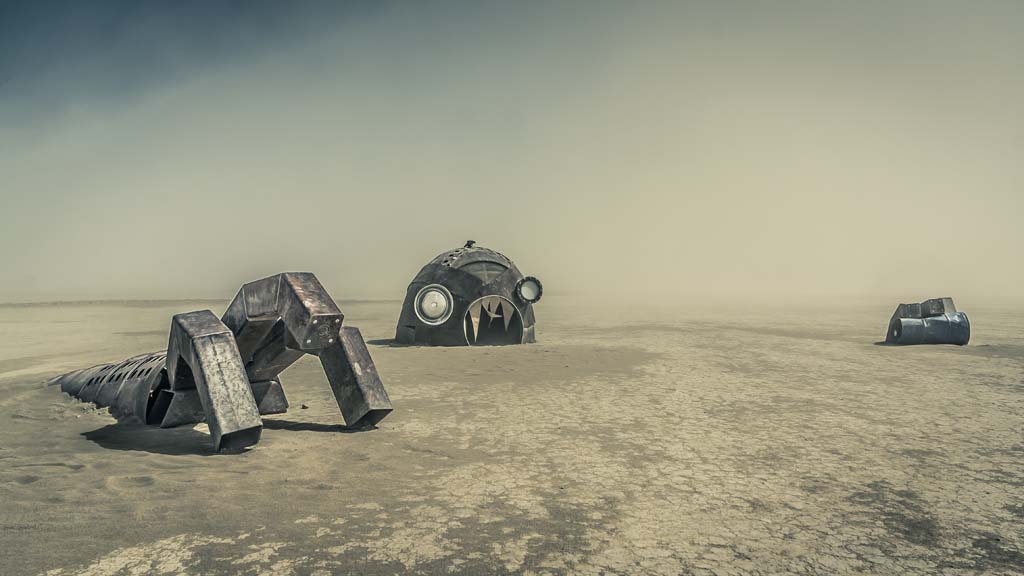For hundreds of years, people have been flocking to cities where jobs, ideas, and wealth are generated. Cities have been perceived as a symbol of opportunities for success, attracting millions of youths and ambitious individuals every year. According to the United Nations’ projections, by 2050, the urban population will rise to almost 6.5 billion, and 64.1% of the developing countries and 85.9% of the developed countries will be urbanized. In response to rising urban population, some countries, such as China and India, have been spending heaps of money to build new cities for the accommodation of mounting city dwellers.
Growing urbanization has caused several problems (e.g. environmental degradation, excessive energy consumption, and traffic congestion). City planners have selected Information Technology (IT) as a solution to some of the urbanization problems as well as a means to promote economic growth. Smart grids, for instance, have been installed to reduce the peak demand of electricity and to conserve energy. The Economist introduced a calculation, which states that if America’s power grid were only 5% more efficient, it would save the equivalent of the greenhouse-gas emissions of 53 million cars. Thomas L. Friedman also claims in his book, Hot, Flat, and Crowded, that smart grids assume a critical role in sustaining people’s lives in the future.
A fleet of governments has been expending large sums of their budgets to transform their cities into “smart” ones. Some have put the building of smart cities on the priority list of their industrial policy. China, for example, has selected 202 cities to pilot smart city projects, according to Xinhua news. Those cities are test beds for the implementation of a new information technology called the Internet of Things (IoT), which connects things to the Internet and provides newfangled services to people. According to Cisco’s guesstimates, by 2020, there will be 50 billion networked things whose Internet usage will outnumber that of humans. IoT-integrated smart systems are expected to enable people to collect, process, and act on colossal amounts of data, and thereby furnish the world’s metropolises with a “second electrification” (the term is coined by Ricky Burdett of the London School of Economics (LSE) to describe the impacts of big data on cities by analogy with those of electricity.)
Yet some see many of the current smart city projects being overhyped, contending that smart systems currently being established in municipalities are, by and large, repurposing of existing, off-the-shelf technology, and force fit into contexts in which they may or may not prove to be useful. For instance, Anthony M. Townsend, the author of Smart Cities: Big Data, Civic Hackers, and the Quest for a New Utopia, argues that Songdo, South Korea’s ambitiously planned smart city, is an example of smart city project failure. Located in reclaimed land, Songdo is one of the world’s largest experiments in urban automation, which is expected to cost $35 billion. The city was designed to offer all-embracing connectivity—for instance, home automation and telepresence. While it boasts skyscrapers with built-in electronic systems, Songdo lacks people. Since not many want to live there, Songdo has been seemingly metamorphosing into a ghost city. This is because the city was created for technology, not necessarily for people. Another failure of smart city project, Mr. Townsend claims, is Masdar in Abu Dhabi, which was exemplified as a city designed for people in Lester R. Brown’s book, Plan B 4.0. The completion of Masdar has been delayed to 2025 at the earliest in part due to a lack of businesses and people who want to live there. The mantra, “build it and they will come”, does not appear to be working properly for these two cities.
The failure of smart city projects offers a lesson, i.e. cities cannot be smart without people. For cities to be truly smart, city designers ought to tackle a fundamental question, “what do people want in a smart city?” instead of “what technology makes a smart city possible?” In her influential book, The Death and Life of Great American Cities, the acclaimed urbanist Jane Jacobs argued that “cities have the capability of providing something for everybody, only because, and only when, they are created by everybody.” That is to say, public participation at a grassroots level (i.e. bottom-up approach) is the key to success of a smart city. Technologies, such as smartphones, wireless sensor networks, and open-source platforms, may assist people in designing smart cities for themselves. Yet, they are of little use if people are unwilling to engage. Now your correspondent raises a question for you, “how much are you willing to engage in designing a smart city?”


